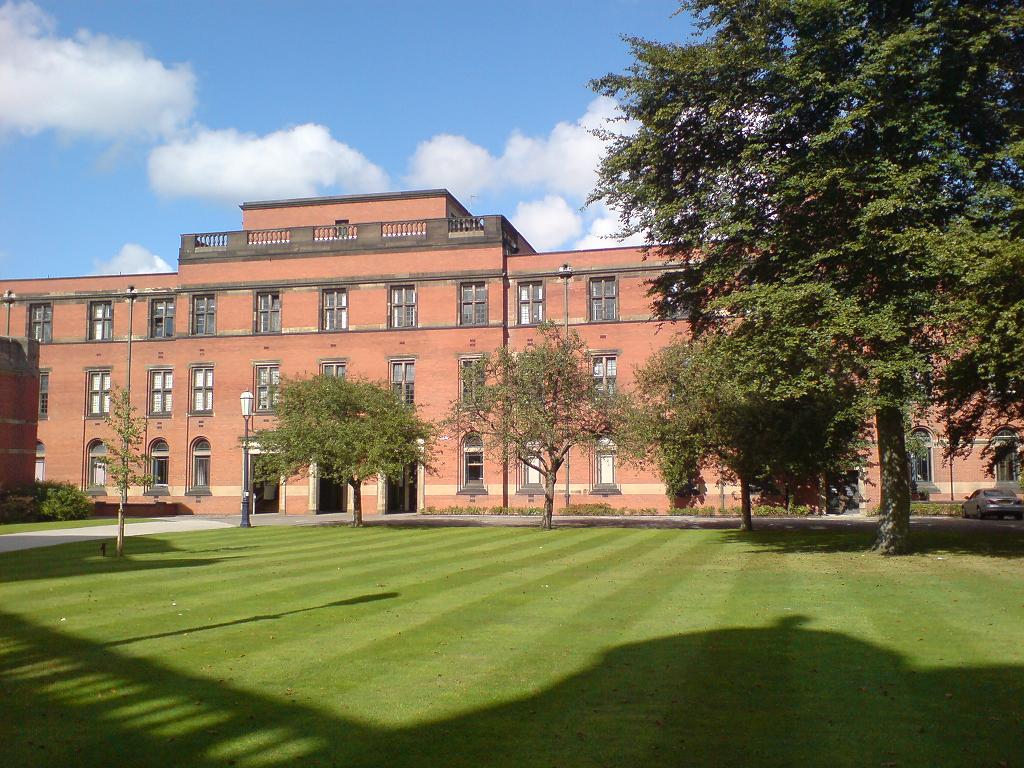Birmingham’s 12 neighbourhoods with the lowest educational qualifications highlight areas where fewer residents have achieved level 4 qualifications, or a degree and higher. This analysis is based on the 2021 Census, providing an insight into which areas of the city have lower percentages of adults with university-level education. While the data gives us an overview, it’s important to consider the many factors that influence educational attainment.
The neighbourhoods with the lowest percentages of adults holding a level 4 qualification or higher reflect broader socio-economic trends in Birmingham. But this doesn’t mean that the people in these areas are any less capable or intelligent. Factors such as access to education, financial barriers, family backgrounds, and changing societal norms all play a role in the levels of education in any given area.
Reading Suggestion Birmingham City Schools Superintendent Dr. Mark Sullivan Earns Top Marks in Board Review
Educational Attainment in Context
Education is just one of many ways to measure a person’s skills or intelligence, and a higher qualification does not necessarily mean someone is more “brainy.” Similarly, fewer educational qualifications do not mean a lack of ability. There are many reasons why people may not have pursued higher education, including the rising cost of tuition, the need to start work earlier, or a lack of access to resources that support continuing education.
In some areas, young people may be less inclined to pursue university education because their parents or friends didn’t go, or there may be other priorities within the community. The average age in some neighbourhoods can also influence the data, as younger generations have had more opportunities to attend university in recent years compared to older ones.
Neighbourhoods with the Lowest Percentage of Level 4 Qualifications
Based on the 2021 Census, here are Birmingham’s 12 neighbourhoods with the lowest percentage of residents holding a level 4 qualification or higher.
-
Washwood Heath
- In Washwood Heath, only 17.4% of adults have achieved a level 4 qualification or above. The area reflects a diverse and largely working-class community, where many residents may have focused on entering the workforce earlier in life or have faced barriers to accessing higher education.
-
Shard End & Kingfisher
- Shard End and Kingfisher, located in East Birmingham, have similar numbers. Around 17.5% of adults have a degree or higher. While the area is known for its close-knit community, it is also recognized for economic challenges that may have limited access to education.
-
Sheldon North
- In Sheldon North, 18.3% of adults have achieved level 4 qualifications or higher. As a suburban area, it has a mix of housing estates and local businesses, and residents here may have chosen vocational careers or entered the workforce without pursuing university education.
Other Neighbourhoods with Lower Educational Attainment

-
Gravelly Hill
- Gravelly Hill has 19.1% of adults with a level 4 qualification or higher. This neighbourhood, known for the infamous Spaghetti Junction, reflects a working-class background, with many residents working in manufacturing, logistics, and other blue-collar industries.
-
Saltley East
- In Saltley East, only 19.3% of adults hold a degree or equivalent qualification. The area is ethnically diverse, and many families here have traditionally prioritized work and entrepreneurship over higher education.
-
Small Heath East
- In Small Heath East, 19.5% of adults have reached a level 4 qualification. Known for its rich cultural heritage, Small Heath is home to a vibrant community with deep ties to trade, craftsmanship, and self-employment, which may have impacted educational paths.
-
Aston
- Aston, located close to the city center, has 19.7% of adults holding a degree. Despite being close to educational institutions, this area has historically had lower access to higher education due to socio-economic factors.
-
Nechells
- Nechells is another inner-city neighbourhood where 19.9% of adults have reached level 4 or higher. Like Aston, Nechells faces similar challenges with poverty and access to educational resources, which may have hindered educational attainment.
-
Alum Rock
- Alum Rock, with 20.1% of adults holding a degree or higher, is a vibrant and diverse community. The area has long been known for its independent businesses and community ties, with many residents focusing on careers outside of traditional higher education paths.
-
Bordesley Green East
- Bordesley Green East sees 20.4% of adults having achieved a level 4 qualification or higher. The area is home to many families where the focus has been on immediate employment or vocational training.
-
Lozells East
- Lozells East has 20.6% of adults with level 4 qualifications or above. This neighbourhood, known for its multicultural community, faces challenges with socio-economic disparities, which may have influenced access to higher education.
-
Hodge Hill
- Hodge Hill rounds out the list with 20.8% of residents achieving level 4 qualifications or above. Known for its family-oriented atmosphere, many residents have chosen to prioritize family responsibilities and work over academic pursuits.
Factors Influencing Educational Attainment
As mentioned earlier, many factors can explain why some neighbourhoods have lower levels of higher education. These include financial barriers, cultural attitudes towards education, and the availability of local resources. In some areas, the rising cost of university tuition fees may have deterred people from pursuing a degree, while others may have found that vocational training or direct employment provided a more practical path.
Additionally, the age profile of these neighbourhoods can also play a role. Older generations may not have had the same opportunities to attend university, particularly as the proportion of people pursuing higher education has risen dramatically in recent decades.
Reading Suggestion How Arts and Crafts Boost Wellbeing in UK Adults
Conclusion
Birmingham’s 12 neighbourhoods with the lowest educational qualifications, based on Census data, reflect a complex picture of access to education and socio-economic factors. While these areas have fewer adults with level 4 qualifications or higher, it’s important to recognize that education is just one measure of a community’s capabilities and achievements. Many residents in these neighbourhoods have succeeded in their own ways, contributing to their communities through work, trade, and entrepreneurship.
The story behind educational attainment in Birmingham’s neighbourhoods is more than just numbers—it’s about the opportunities people have had, the choices they’ve made, and the circumstances they’ve faced. As we continue to look at education and its role in shaping communities, it’s important to ensure that everyone has the chance to pursue their potential, regardless of where they live.

